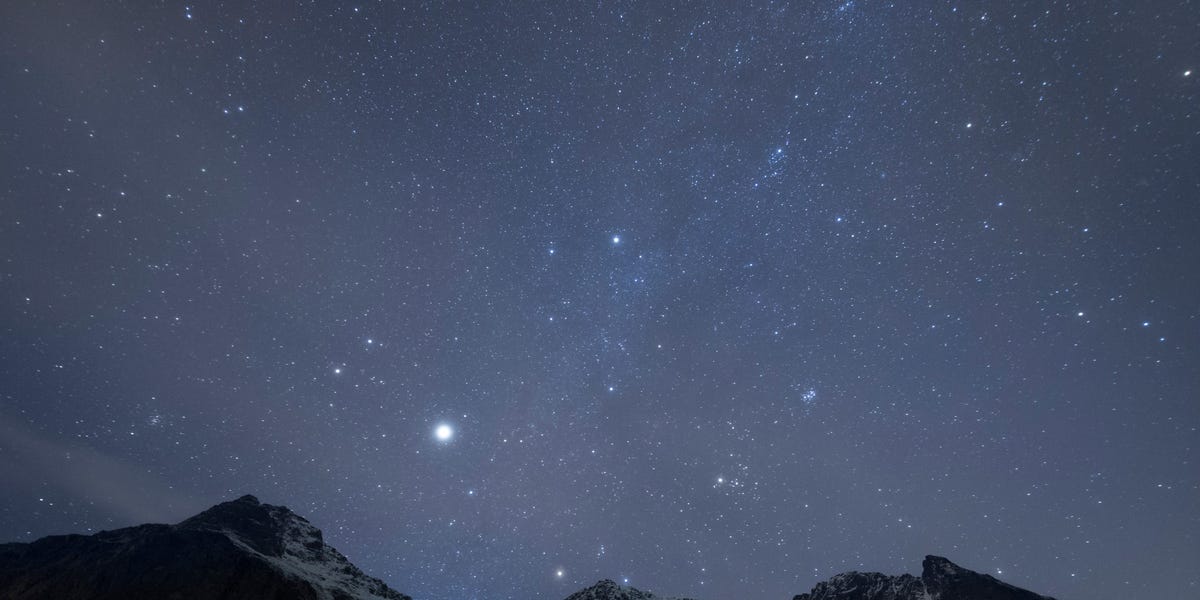- How the universe will end is an ongoing debate among cosmologists, and results vary depending on specific theories.
- A new paper analyzes the end of the universe in relation to a theory known as “holographic dark matter”, in which gravity and space form a quantum illusion of our true 2D reality.
- The study finds that, in this scenario, the universe will eventually stop and decay into nothingness, a process these scientists call the “long freeze.”
All good things must come to an end, and that includes the universe. But exactly HOW whether the end will come is a long-standing debate among cosmologists, who offer theories with terrifying names like the “big freeze” or the “big crunch.” Now, a pair of scientists from the US and India have another idea that instills a similar amount of foreboding – the “long freeze”.
The idea comes from a theory known as “holographic dark energy,” which attempts to explain the mysteries of quantum gravity. This theory assumes that the force of gravity is actually a hologram of a lower dimensional reality. In other words, our known universe is actually two-dimensional, but quantum forces create it DELUSION of gravity and 3D space. This holographic principle is also a feature of theoretical frameworks such as string theory.
Dark energy is the force that many cosmologists believe is behind the expansion of the universe. Although decades have passed since its first “discovery,” no scientist has ever observed dark energy directly (if they did, you would have definitely heard of it). Dark energy makes up roughly 70 percent of everything in the universe, and as it expands, its density decreases. In this new, non-peer-reviewed paper, published on the preprint server arXivscientists decided to follow this holographic theory of dark matter to its conclusion and calculate how the universe would end if its theoretical assumptions were proven true.
In this scenario, as dark energy dispersed throughout the universe, so would dark matter, and the universe would eventually grind to a halt, according to Living science. This is the “long freeze” – a period of time during which the expansion of the universe would have completely stopped and the absence of any new energy sources would have caused the existing stars to slowly fade out of existence. According to most cosmologists, the last “normal” structures of matter would be black holes, but eventually, even these spacetime monstrosities would reach their ultimate ends.
The “long freeze” is distinct from another cosmological end state known as the “big freeze,” which similarly enters a state of cascading entropy. However, the “big freeze” essentially continues to expand, while the “long freeze” takes on a finite form after it stops expanding. For the matter facing oblivion at the end of the universe, this may all seem a bit like rearranging the deckchairs on the Titanic, but the thought experiment of this paper helps test possible cosmological theories and understand their ultimate conclusions.
Fortunately for us, the Stelliferous Era—that is, the star-making age of the universe—is not scheduled to end for another 100 trillion years or so. And even then, it will be followed by the degenerate epoch and the Black Hole epoch, the latter of which is estimated to occur roughly 10 duodecillion to 1 googol after the Big Bang.
In other words, the universe still has some life left in it.
Darren lives in Portland, has a cat, and writes/edits about science fiction and how our world works. You can find his previous stuff on Gizmodo and Paste if you look hard enough.
